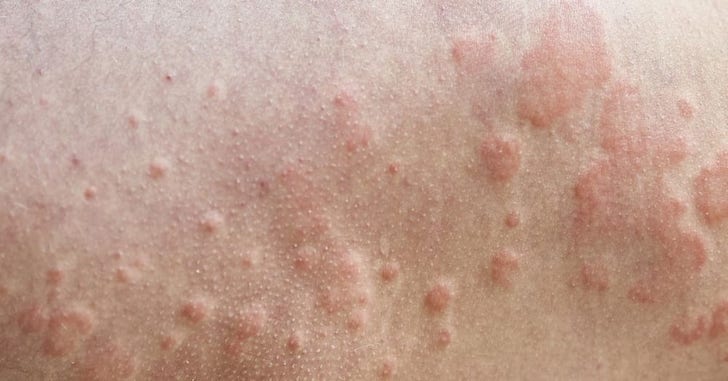
From a medical perspective, Stevens-Johnson syndrome (SJS) is a rare and serious reaction reported in connection with certain medications or infections. The condition involves the skin and mucous membranes, with descriptions of peeling and irritation in published sources. Scholarly articles outline early observations and case definitions; this overview is informational and does not provide guidance.

SJS has been characterized as an abnormal immune response to specific drugs. In many documented cases, medications are identified as the principal associated factor. The condition is described in adults and children, with severity reported across a spectrum. Drug categories frequently discussed include certain antibiotics, anticonvulsants, and some pain-relief medicines.

Examples in reviews mention selected antibiotics, anticonvulsant therapies, medicines used for gout, and antiviral treatments. Reactions are described in susceptible individuals and vary across reports. References emphasize that summaries of associations are descriptive and that this text does not suggest changes to treatment.

Early symptoms described in the literature can resemble a flu-like illness, including fever, fatigue, headache, cough, and joint pain. Within days, painful red or purplish patches may appear on the skin, sometimes spreading and forming blisters. Mucous membranes of the mouth, eyes, or genitals can also be involved, with reports of discomfort during eating or urination.

Several factors have been associated with a higher likelihood of SJS in observational studies. Reports describe increased vulnerability among people with weakened immune systems or chronic health conditions. Research has also discussed specific genetic markers in certain populations as potential risk modifiers, while noting variability in presentation and outcomes.

Because responses to infections or medications differ between individuals, medical literature discusses methods for identifying potential triggers. Publications also note that suspected medication-related reactions are recorded in health histories to document associations observed during prior events. These descriptions are part of the academic characterization of SJS.

Complications described in reports include skin changes, scarring, and secondary infections. Involvement of mucous membranes may affect the eyes, mouth, or other areas, with varying degrees of discomfort. Outcomes differ widely among individuals, and long-term effects are discussed in follow-up studies.

Diagnosis is typically described as beginning with clinical examination and review of medical history. Published references mention dermatologic assessments and histologic evaluation as part of the characterization process. Additional tools are used to differentiate SJS from conditions with overlapping features.

Further approaches discussed in the literature include laboratory studies and imaging when organ involvement is considered. Reports outline frameworks for identifying potential infectious or medication-related associations. Research summaries explore how recognition timing relates to measured outcomes, acknowledging variability among cases.
Learn more about Stevens-Johnson syndrome at MedlinePlus.

